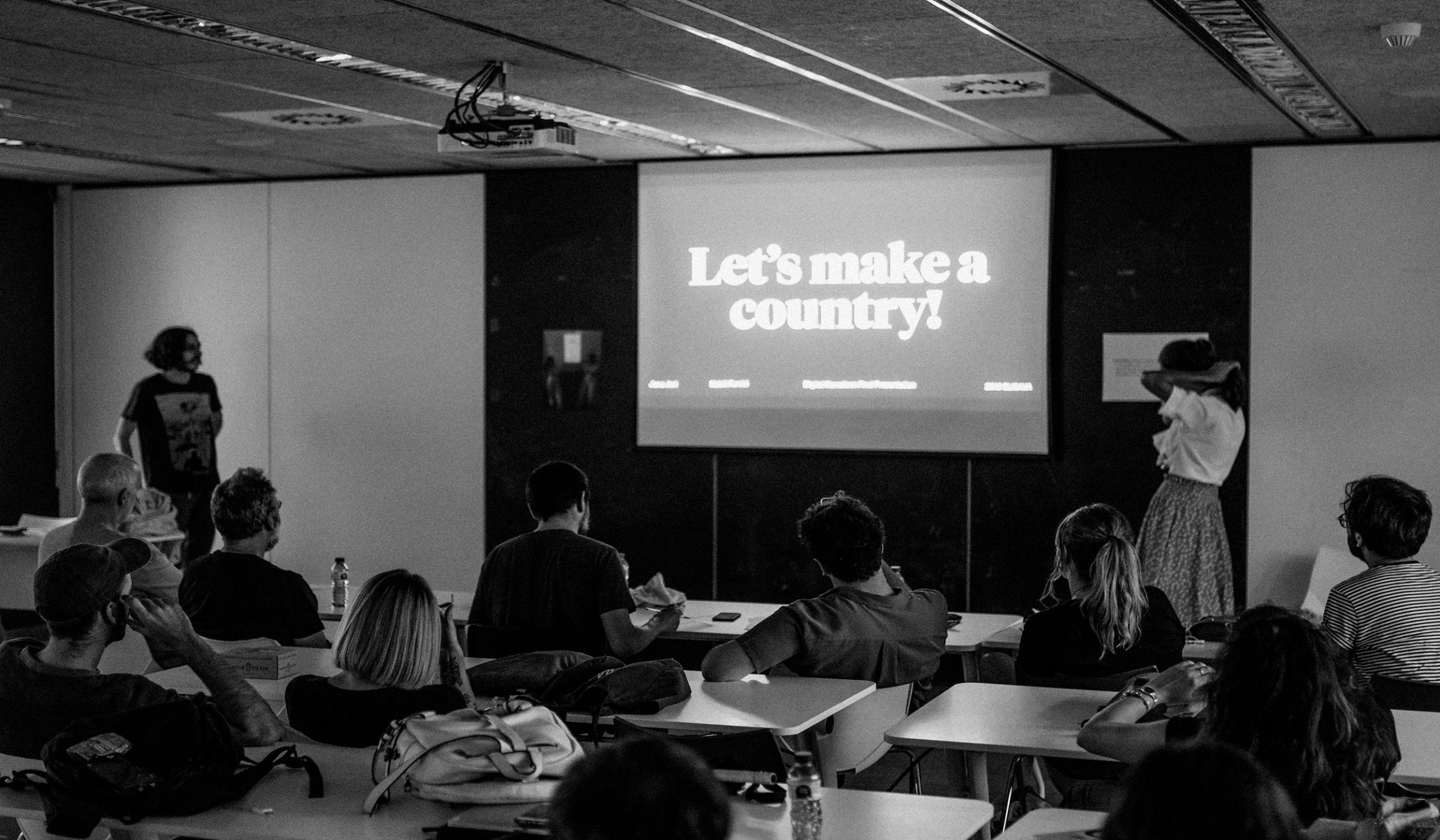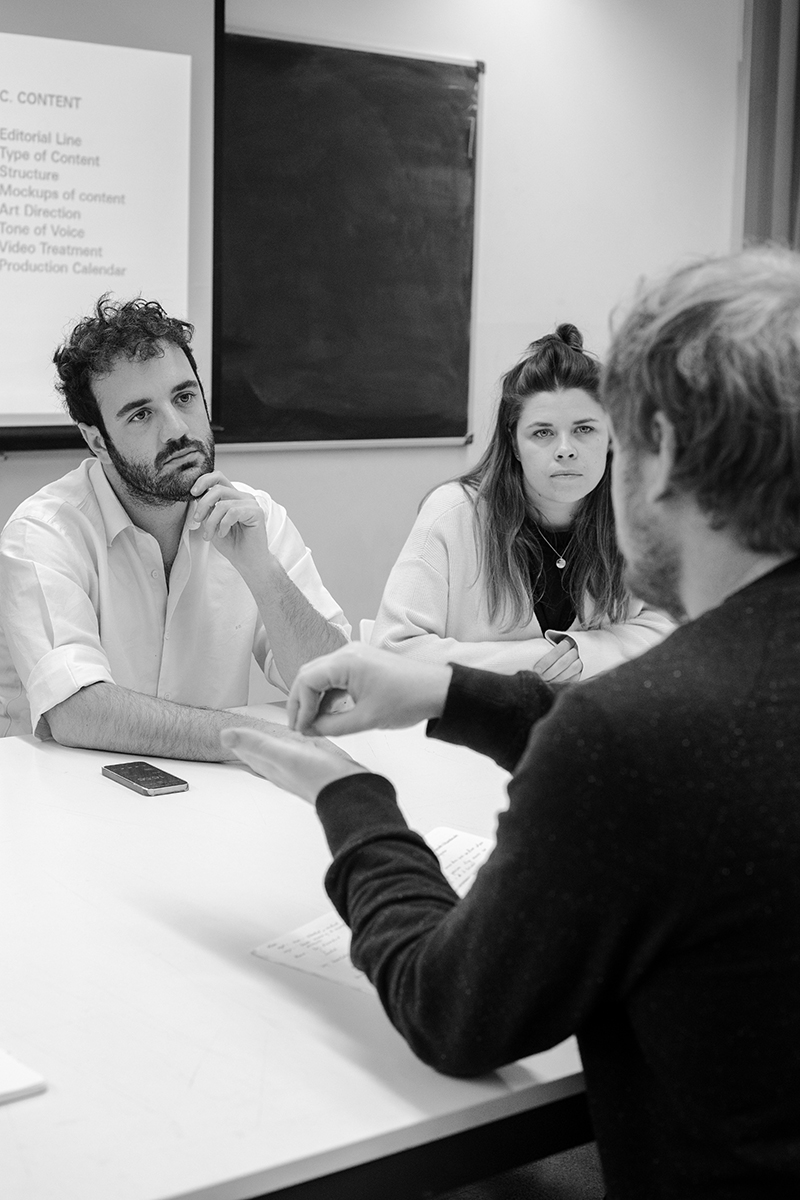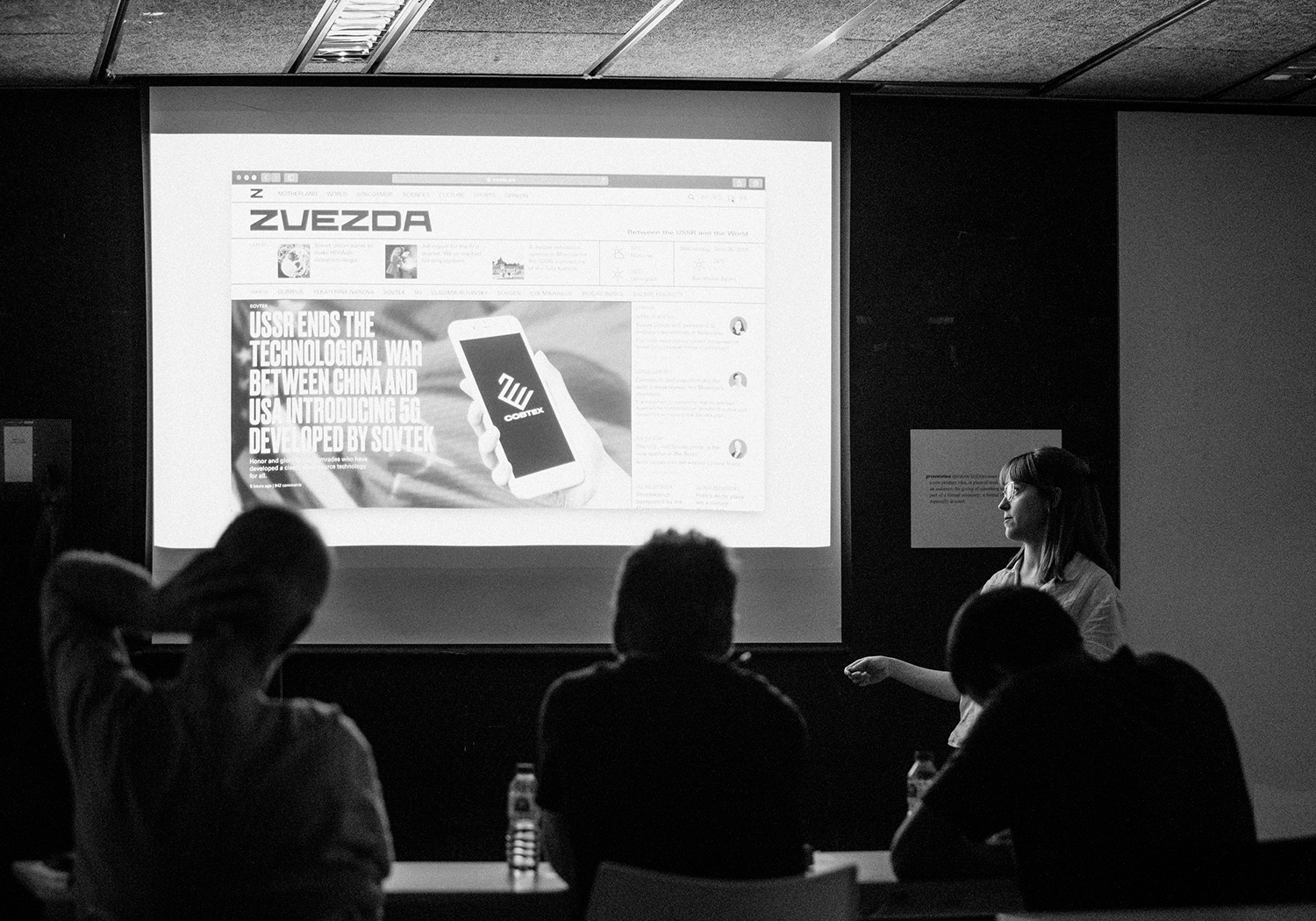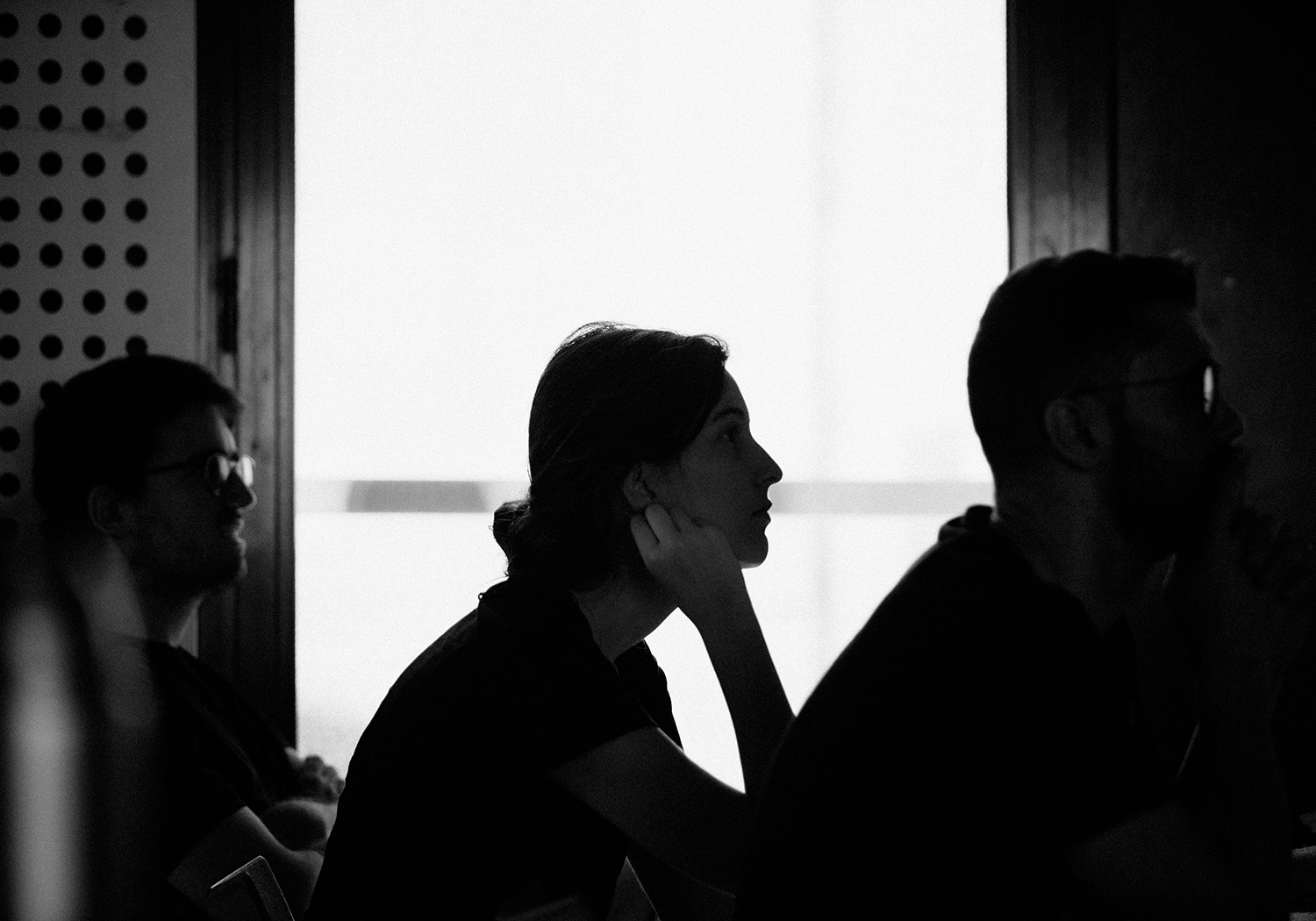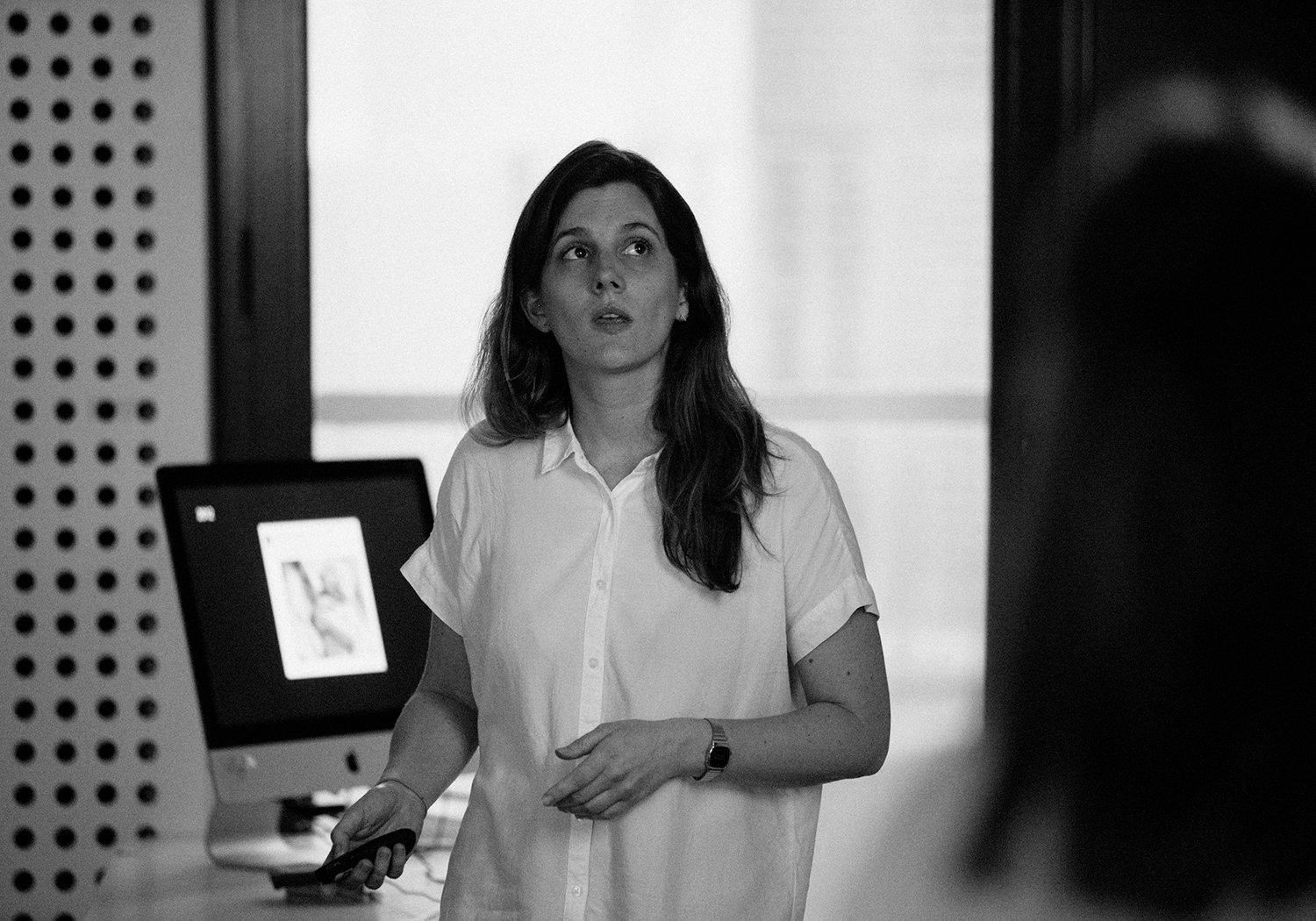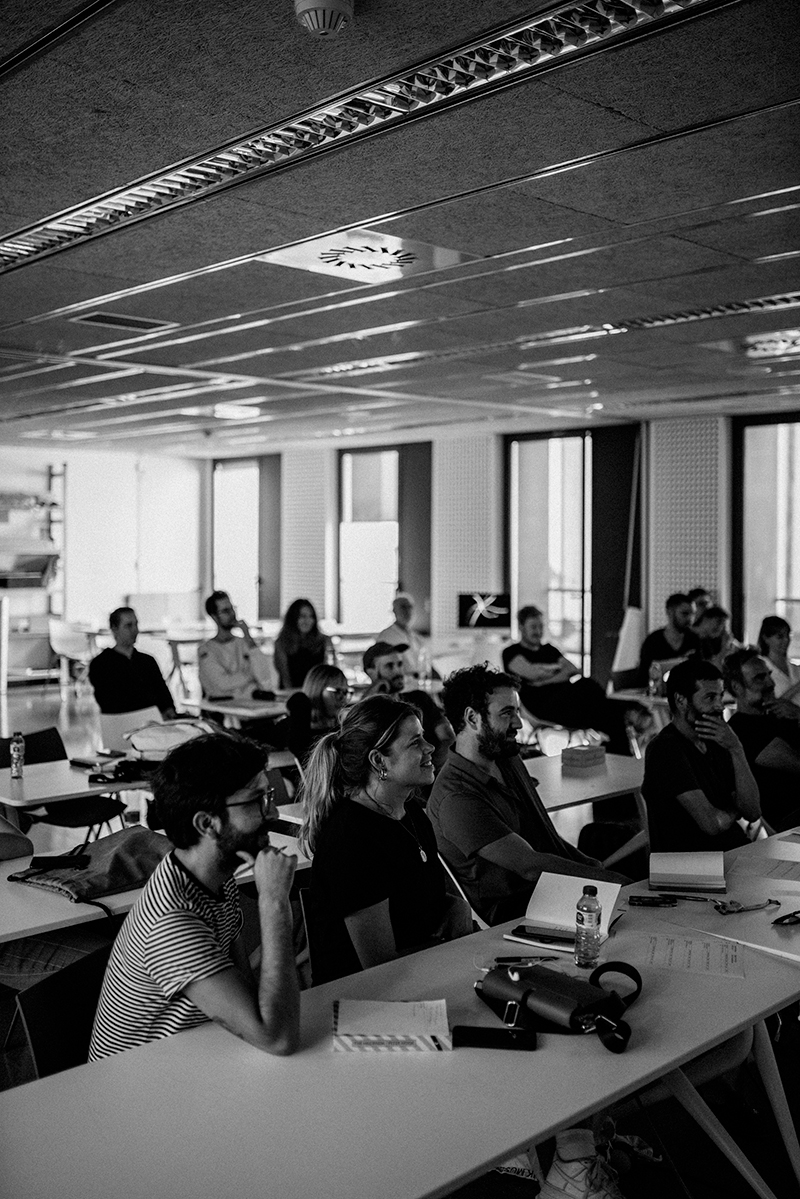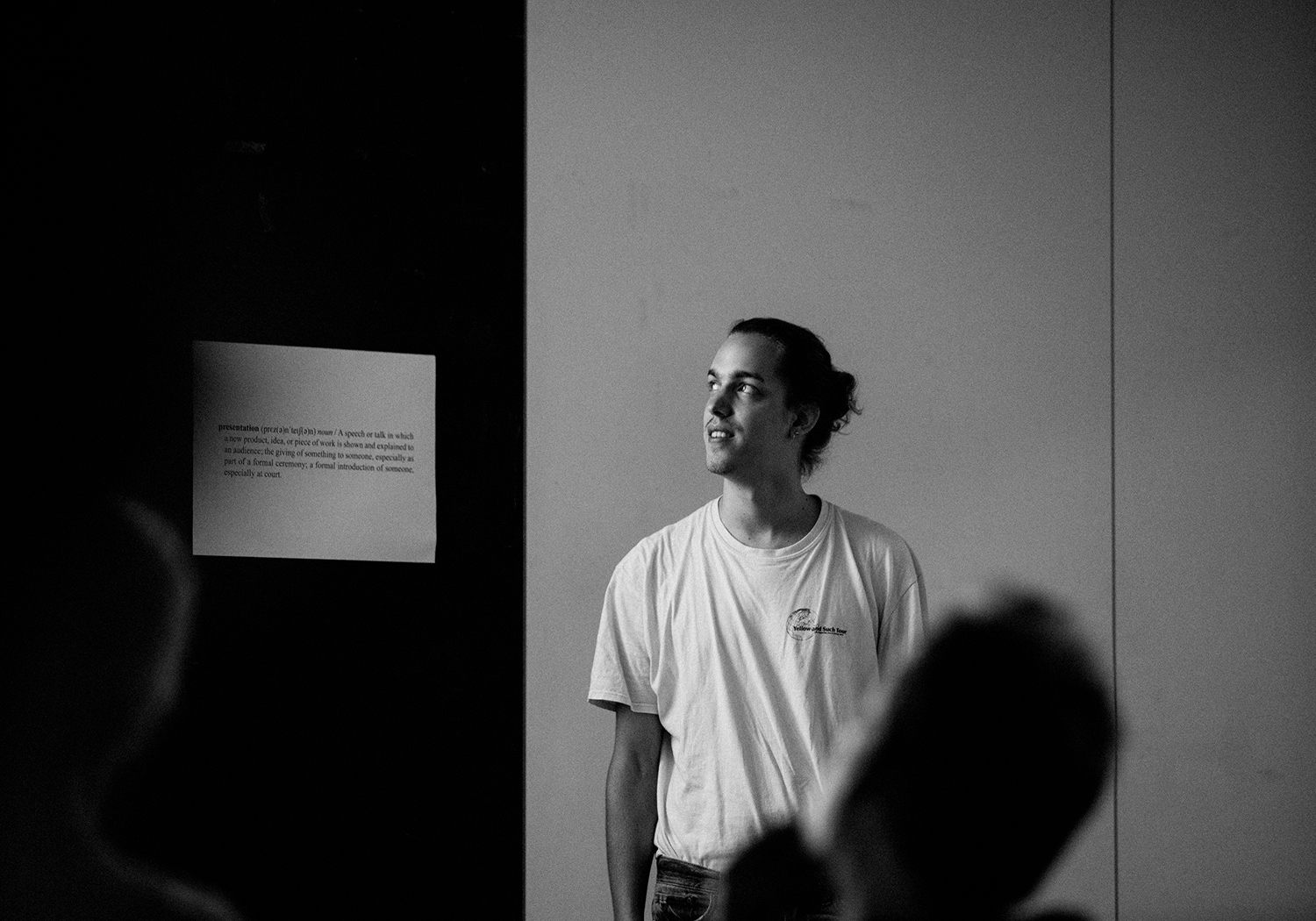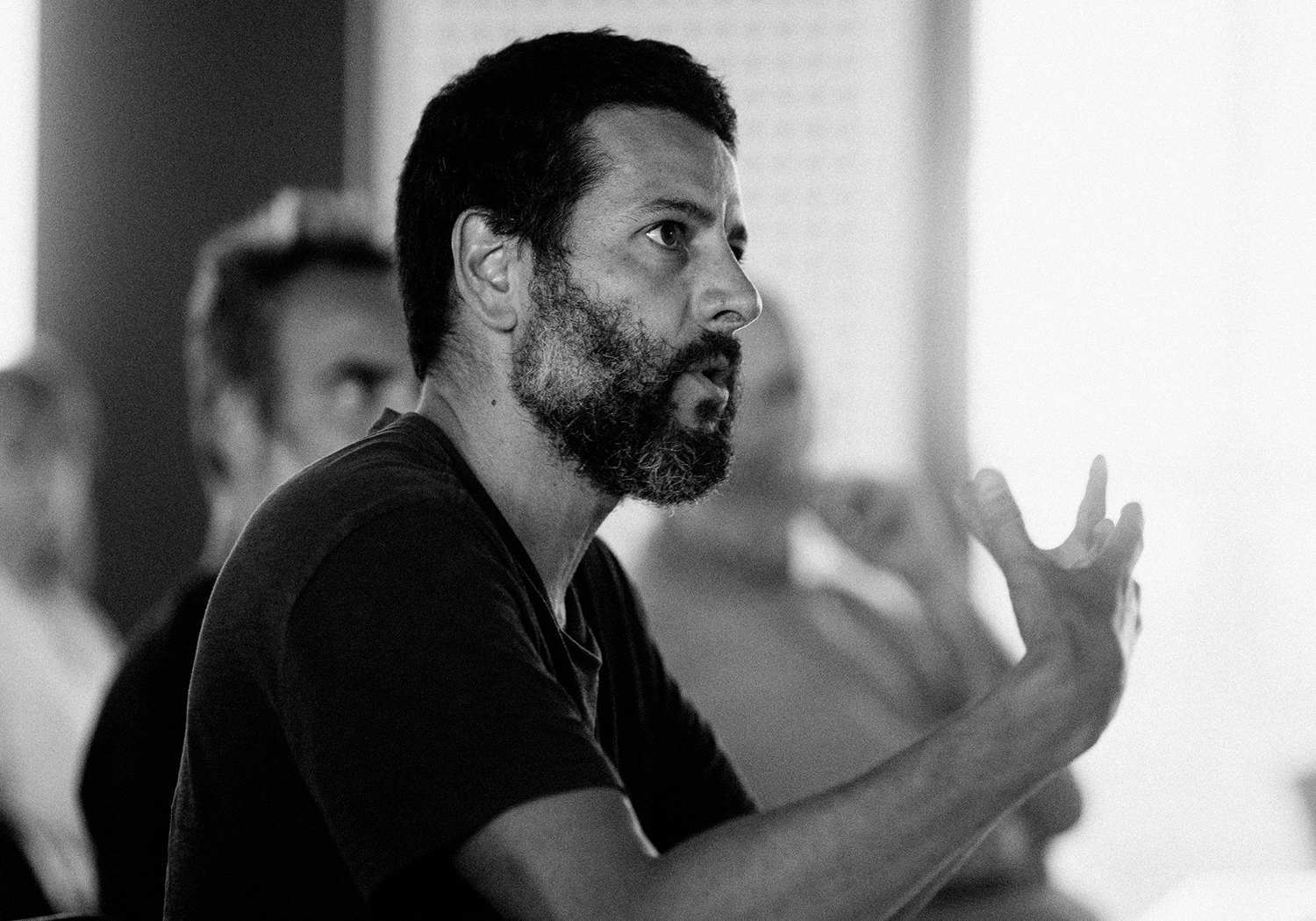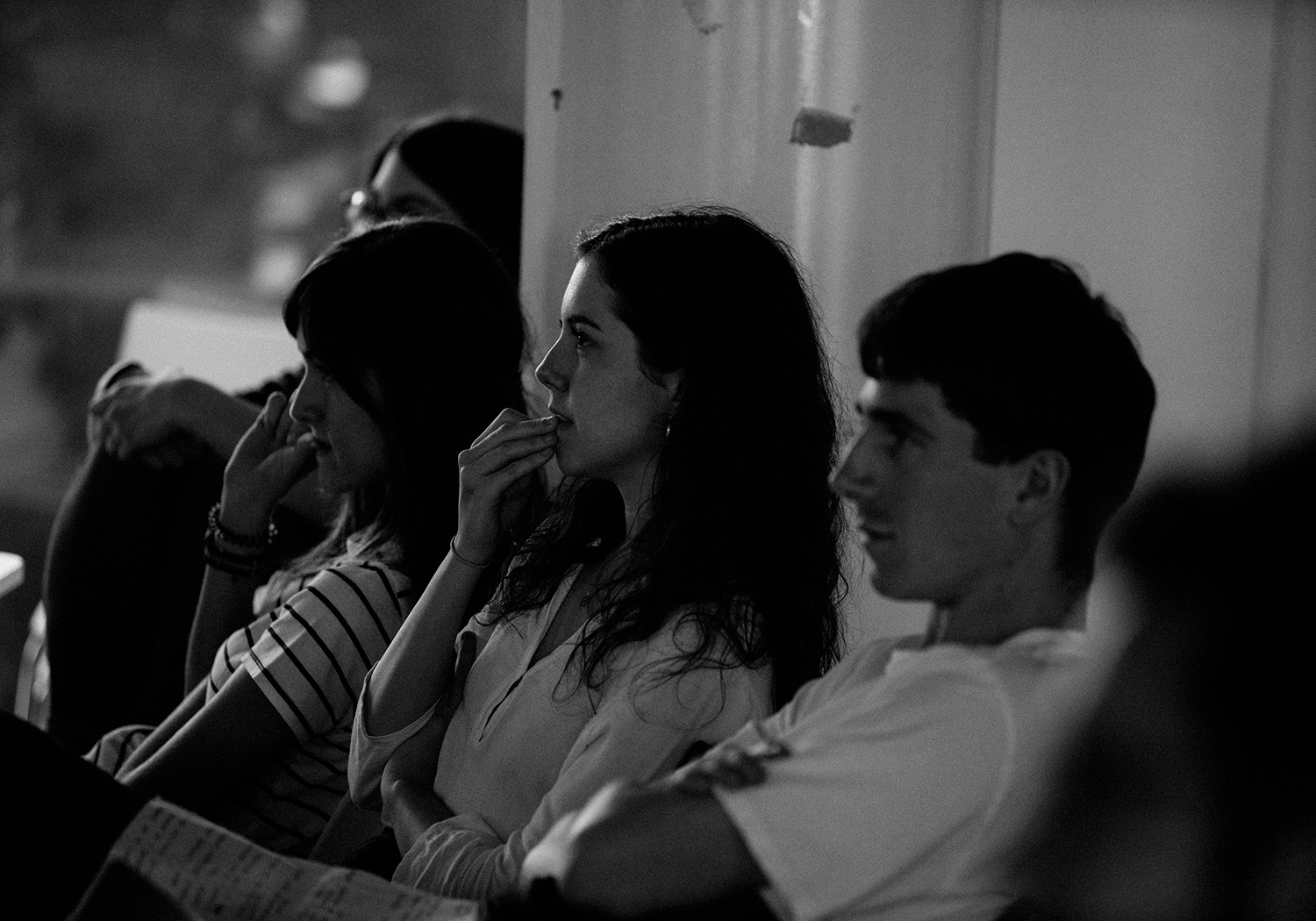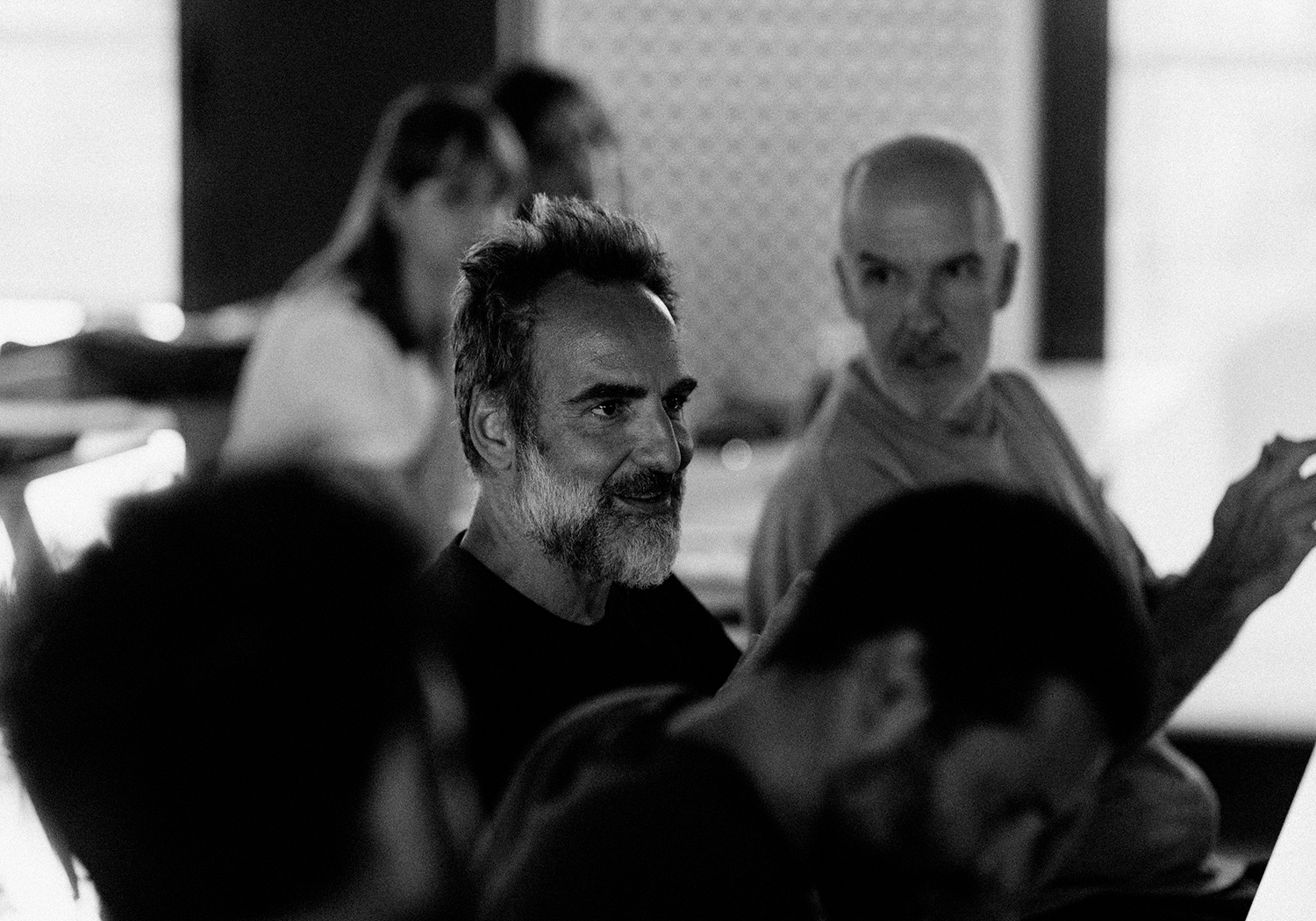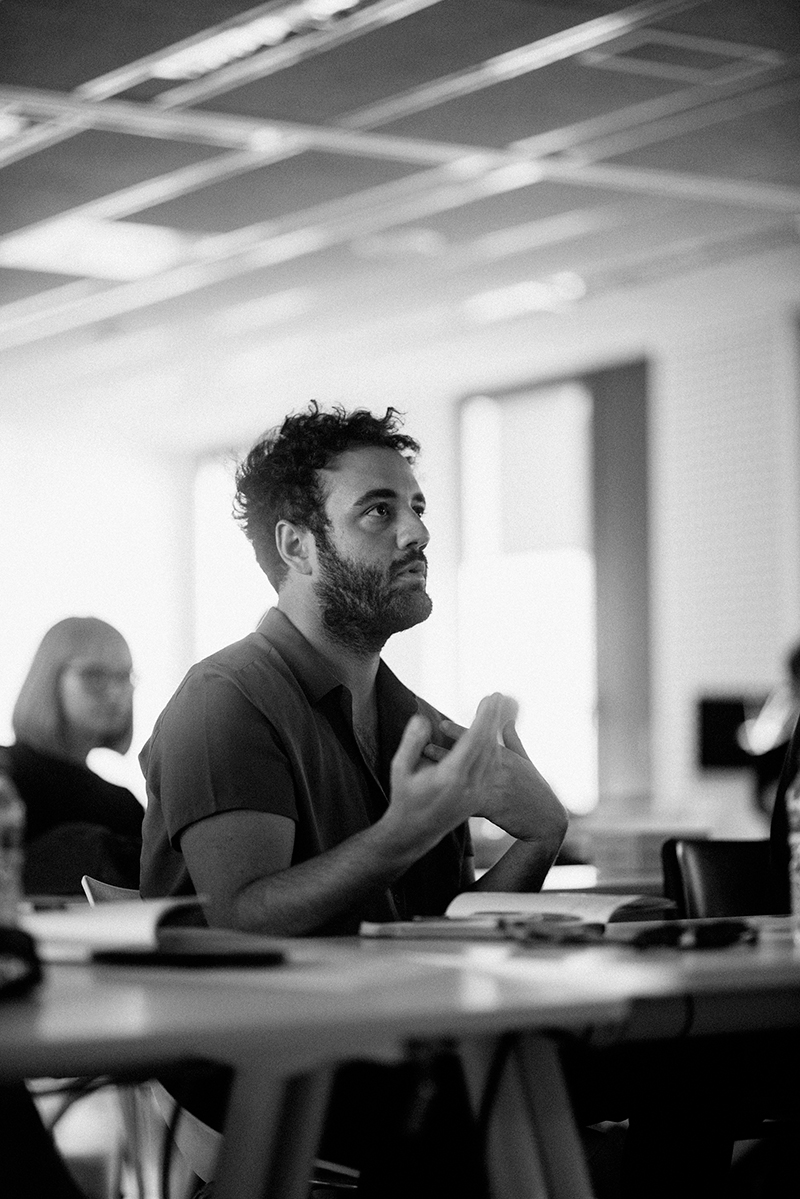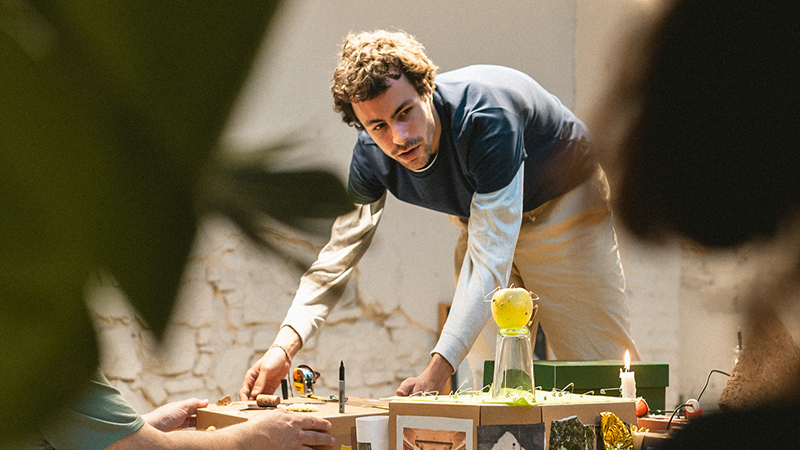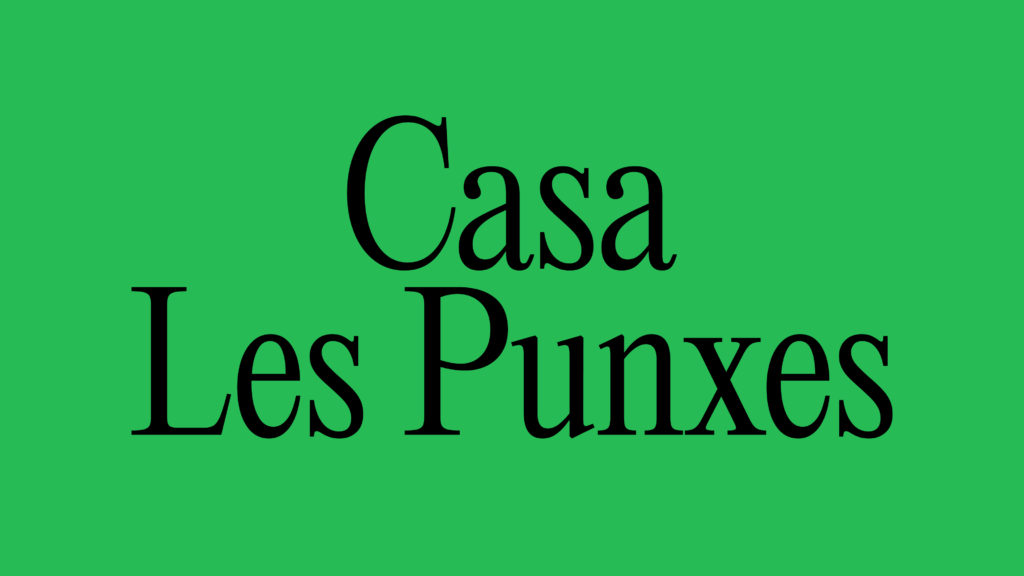This year at ELISAVA school, as part of our Digital Narratives course within the MA for Editorial Projects, we launched a year-long speculative design experiment: we conceptualised fictional nations and designed a digital editorial project set in that fictional world.
“We stress that students should think strategically about concepts, brands and narratives, but why not go a step further and invent a fake country or a digital nation? In our post-truth era, it makes sense to embrace such an interesting communication challenge.”
Rafa Martínez, COO & Head of Brand Strategy at Folch
Imagined countries as narrative tools
There’s a book called Imagined Communities where Benedict Anderson described every nation in the world as “an imagined political community”. According to him, each of our countries “is imagined because the members of even the smallest nation will never know most of their fellow-members, meet them, or even hear of them, yet in the minds of each lives the image of their communion”. Nations are ideas that exist only in our minds. Ideas we love, ideas that matter, ideas that change and hold up the world.
“Beyond dystopias or utopias, we used speculative design and political imagination to create alternative realities. With politics going mad, the planet heating up, technology booming, and intolerance rising, it is essential that we don’t forget that reality is just a construction: one we can can reimagine, refashion, propose and eventually change.”
Vincenzo Angileri, teacher at Elisava and head of education at Acid House
All nations are fictional, so why don’t create some new ones?
Nations are, by definition, an imagined community: a set of beliefs built through borders, symbols, flags, imagery, shared history, language, borders, even blood. Nations are stories we live or die for.
And yet, they are just stories. Think of how these stories can change history: from the thousands of conquerors that for a couple of centuries moved to Colombia, Venezuela, Guyana and Brazil looking for El Dorado, the mythical city made up by the Spanish Empire, to those who lost their lives in pursuit of Holy Roman Empire, an Arian Germany or even making America ‘great-again’. Besides more political countries, the list of fictional countries as a literary tool is, of course, immense, from Orwell’s Oceania to the Handmaid’s tale’s Republic of Gilead. And recently, new nations have been created with environmental, spiritual, artistic, even simply provocative intentions.
This is why we suggested to our students that through speculation, design and narratives, we can imagine the existence of new realities and prepare for alternative worlds. Via this utopian process, we can see beyond our limitations and articulate new social, political and ethical scenarios. And, apparently, they had fun doing it.
“In traditional syllabuses, we are used to having ‘real clients’ and ‘real projects’. In this project, we use speculative thinking to imagine and create alternative and possible futures where conceptualisation, communication and content creation are crucial and the design is just one of many expressions.”
Emmy Koski, Communication Director at Folch
A laboratory of politics, narratives and design
The course was a political laboratory where we imagined new (or very old) forms of nation states. Students had first to build a parallel reality, utopian or dystopian, and then create an editorial project that was based in the story they had created.
They were asked to define a country, with its official name, history, flag, geographical setting, population, currency, form of government, society. In many cases, they had to create a previous story to link these new parallel worlds to ours: mythologies, geopolitical alliance, languages. Some of the countries they created had traditional borders, some were stateless, imaginative or merely digital. Some of them existed at some point, some will probably exist one day, others hopefully not.
“Fiction is the reason why we humans came to rule the world. Our ability for large scale cooperation is based on fiction: all religions, all nations, all economic systems are based on a fictional story. You can never convince a group of chimpanzees to go fight in a holy war promising them heaven. Only humans believe such stories. This is why we control the world and not the chimpanzees.”
Yuval Noah Harari, historian and writer
Using design to propose new realities
Through this exercise of mito-poiesis (construction of the myth), we created the conditions for speculative projects that are both experimental and deeply rooted in reality. The truth is, this reality is not directly ours. Still, through these projects, we opened doors to many topics – matriarchates, capitalism, the current rise of nationalism, the meaning of youth and the relationship between humans and technology – that help us making sense of our very own world through a critical, rather than simply theoretical point of view.
Learning diverse visual codes is as good as speaking more languages
Design-wise, the projects stem from a diverse aesthetic and visual culture. Starting from a different space and time, each group had to build their own identity and narrative and this resulted in a myriad of different projects, with original approaches, yet a coherent logic. Using current hegemonic design aesthetics was not an option.
“Building a new country provides an interesting structure to think outside the box and build a larger narrative that can be told in so many different ways through various digital media.”
Nabill Parvizi, student at ELISAVA
“The digital editorial environment is something quite new and an area that hasn’t been explored much. After getting to the core of the project I understand the potential of content on these digital platforms, which has a lot of advantages.”
Natalia Triviño, student at ELISAVA
“It’s interesting to do something which pushes the limits of what we consider a traditional graphic design project. The boundaries are very defined, but inside this space, we can go as far as we want, even all the way to Mars as our group did.”
Alejandro Sanz, student at ELISAVA
